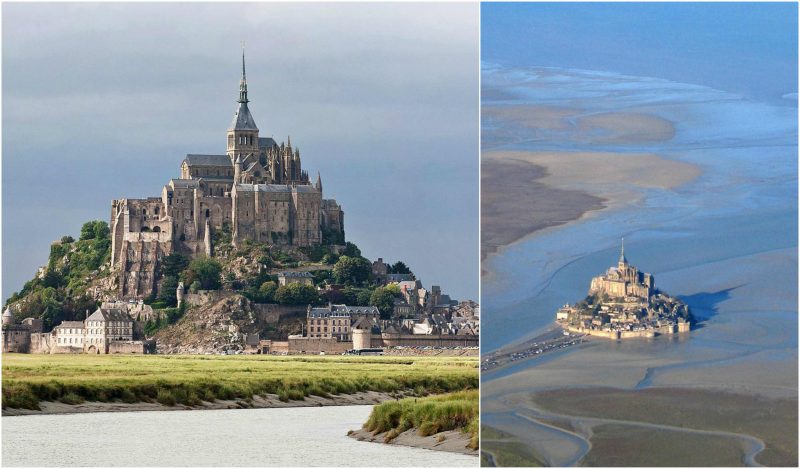It took people to stand for what they believed in to make something good happen. Hard work has gotten a French rock recognized as an island once again and now considered a World Heritage Site.
The rock, or island, is known as Le Mont-Saint-Michel and it has seen many troubles throughout the decades. The problem started when a causeway was built in 1879 to reach the abbey on the island, which is about two miles from the shore. The new structure gradually caused the silting up of the entire bay.
The medieval village on the rock contains an abbey which has become known as Europe’s most popular tourist site. In fact, the area welcomes more than 2.5 million visitors a year. One man states that he had first visited the island when he was in grade school in 1970 on a school trip. He and his classmates had expected fast, strong tides coming in on the island like the poet Victor Hugo described. However, all the children got to see that day was a church on a rock in the middle of a sea of mud. They were far from impressed.
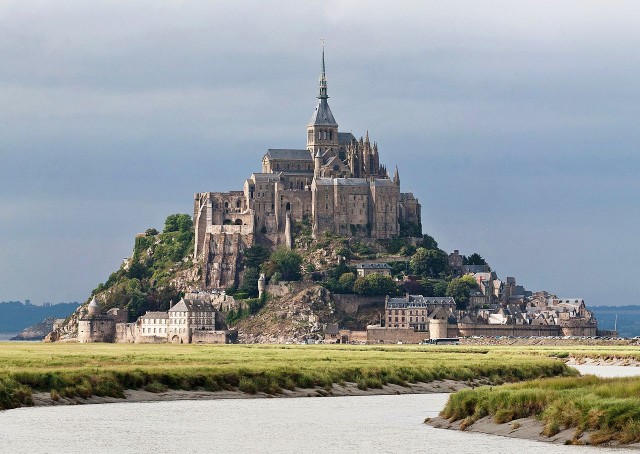
Over the years, grass has crept up across the sediment on the Mont. The high tides were also getting farther and farther away. In fact, researchers believed that within about 25 years, the Mont would be almost permanently surrounded by the grassy fields. As the mud dried around it, the parking lot on the Mont grew, causing it to cover nearly 40 acres of the bay.
A little over 10 years ago, the man who had visited as a child read that the French government wanted to make the Mont into an island again, and not just be recognized as a rock in the middle of a field. The government was willing to pay nearly 130 million pounds to make that project happen. They put that money into digging, creating dikes, and building dams.
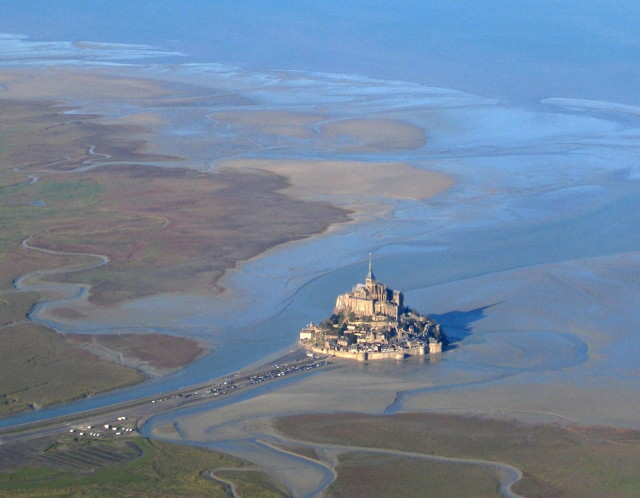
While the man originally did not care about the project, he slowly realized the importance of making Le Mont an island again. Not only that, but he saw the people in the French community rejoice for what was happening to bring the island back to its original grandeur.
After the start of the project, the tide that had previously been receding further and further away from Le Mont began to return once more to the site. As the reporter stood there he could hear people screaming that the tide was coming in. There were thousands of people trying to pack onto that small island, taking pictures to share on social media.
People were there during the fall, and when the tide swept across their feet it was amazing. The reporter felt the return of the tide was something otherworldly and not like anything he had experienced before. He felt as though he was not on an island, but on a large ship at sea. After the tide drew back, strangers were hugging and cheering together.
The reporter went back the following day and the longer he stayed, the more inspired he felt. The crowds were larger and noisier than the day before. Fully-clothed people were wading in the water while boats zoomed past them and around the island.
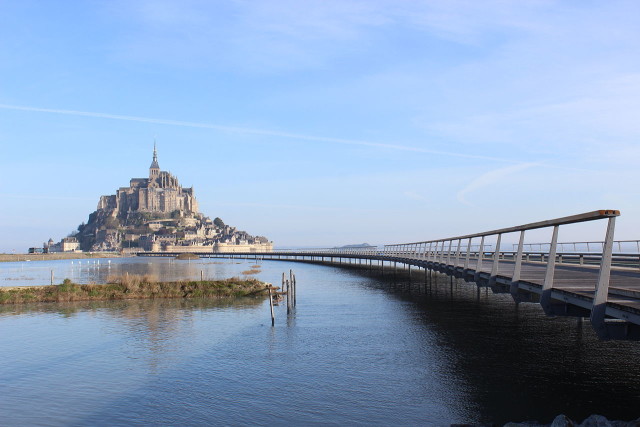
Sadly, as the years carry on, the sediment is going to change. It is believed that in the next 10 years or so, the water flow will flush a majority of the sediment from around the Mont and make it more and more of an island. The state the mudflats on the islands are in, the tide will only be high enough to surround the Mont for a few hours on only 40 occasions during a year, making it necessary for people to consult a calendar if they want to visit Le Mont at its best.
The reporter who was reminiscing about his first time at the Mont remembered that he and his classmates didn’t understand the history but fell in love instantly with the island. In fact, he ended up visiting there, dozens of times. He even stayed with his wife at the auberge on the Mont itself, however, the price of staying on the island has sky-rocketed since the water has returned.
One of the better things that have happened to Mont St. Michel is that now when people want to take a picture they don’t have to crop out the cars parked around it. That lot is long gone now. Today, people arrive at a landscaped parking lot that lies inland. It has about 4,000 spaces and is screened by 45,000 new trees. The new parking lot bypasses the gift shops and motels that used to be unavoidable on the road. Instead, there is a new visitor center which is built of glass and wood. Then the visitor boards a coach in order to cross the long bridge to Le Mont. Sightseers can also get there by walking, cycling, or even riding in a horse-drawn buggy.
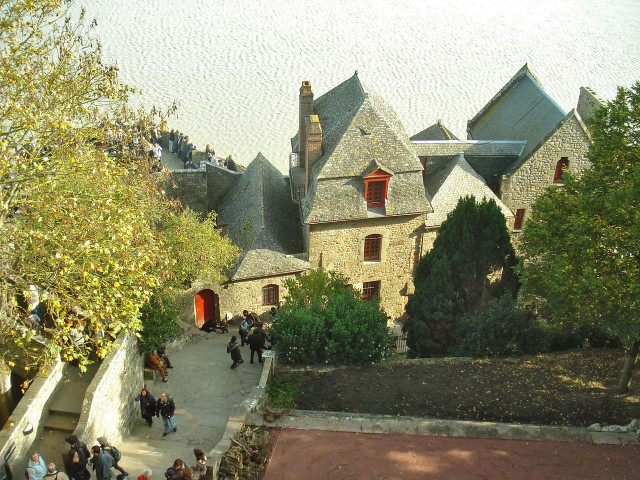
Again it’s possible to realize that the island is actually two miles out into the sea and not just in the middle of some parking lot as it had become with the silting up of the bay. The island once again feels like a historical site, not merely a tourist site. Now on the way to Le Mont, the opening and closing of the new dam across the river actually give tourists an attraction to look at. People who come at certain times can actually see the water come through the sluice gates.
These steps are just the beginning of something great. Le Mont is a legendary medieval religious attraction. Pilgrims had come to the abbey, walking across the bay at low tide to see the religious relics. Their feeling was that if God willed it they would be able to cross safely. Not understanding the working of the tides, many were taken away by the rushing water to die by drowning.
